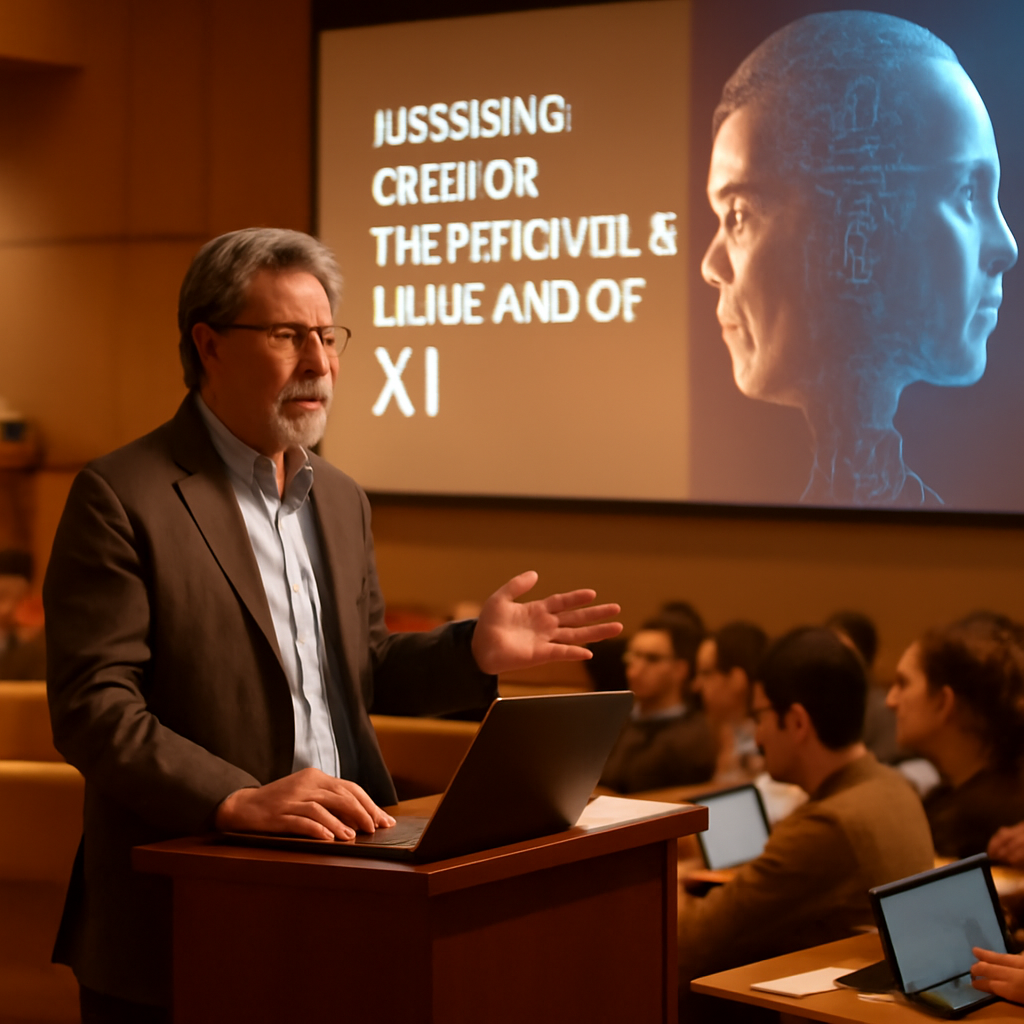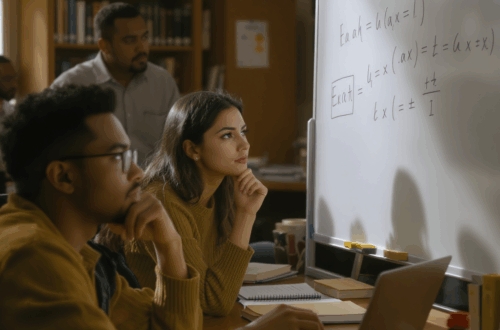Artificial Intelligence (AI) is no longer a futuristic concept—it is a present reality shaping how students learn, research, and even complete assignments. Tools like ChatGPT, Claude, and Bard can instantly generate essays, reports, or code. For colleges and universities, this raises an urgent question: how can we effectively assess critical thinking when AI can provide polished answers in seconds?
The Shift in the Assessment Landscape
Traditionally, higher education has relied on written assignments, exams, and project work to evaluate a student’s understanding and problem-solving skills. But if students can outsource the “production” of content to AI, then these methods may no longer capture what really matters—their own capacity to analyse, evaluate, and create.
This isn’t simply an academic integrity issue; it’s a chance to rethink assessment design. Just as calculators changed how we teach mathematics, AI is changing how we should assess thinking.
Strategies for Assessing Critical Thinking Beyond AI
Here are some practical ways colleges can adapt:
1. Oral Defences and Viva Voce
Asking students to verbally explain their reasoning, defend their arguments, or expand on their written work tests genuine understanding. AI can generate content, but it cannot replace a student’s ability to explain their thought process in real time.
2. Process-Based Assessment
Instead of grading only the final essay or report, assess the steps of research and thinking:
- Annotated bibliographies
- Draft submissions
- Reflection logs on why certain sources or arguments were chosen
This allows lecturers to see how ideas evolve and prevents last-minute AI substitution.
3. Problem-Based and Scenario-Driven Tasks
Present students with unpredictable case studies or real-world problems during class. For example, “Given this unexpected data trend in a clinical trial, what steps would you take next?” These spontaneous tasks demand original reasoning, not just polished AI output.
4. Collaborative Group Work
AI can support research, but team dynamics, negotiation, and collaborative decision-making reveal critical thinking in action. Group assessments (presentations, debates, or live projects) capture skills that cannot be outsourced to a machine.
5. Socratic Questioning in Class
Integrating structured questioning sessions—where students must justify, critique, and refine their perspectives—helps lecturers directly assess reasoning quality. These can be short, frequent activities embedded in teaching.
6. Designing Assessments That Use AI Transparently
Instead of banning AI, colleges can ask students to use it critically. For instance, require them to:
- Generate an AI-assisted draft, then critique its limitations
- Compare AI-produced analysis with peer-reviewed research
- Reflect on ethical issues in AI use
This not only builds awareness but also turns AI into a tool for deeper learning rather than a shortcut.
Building a Culture of Authentic Thinking
Ultimately, assessing critical thinking in the AI era is about shifting focus:
- From “what was produced” to “how it was produced.”
- From polished answers to reasoning, reflection, and originality.
AI is here to stay. Colleges that embrace this reality—while reshaping assessments to reward genuine intellectual engagement—will not only protect academic integrity but also prepare students for workplaces where critical thinking, judgment, and adaptability remain uniquely human advantages.




